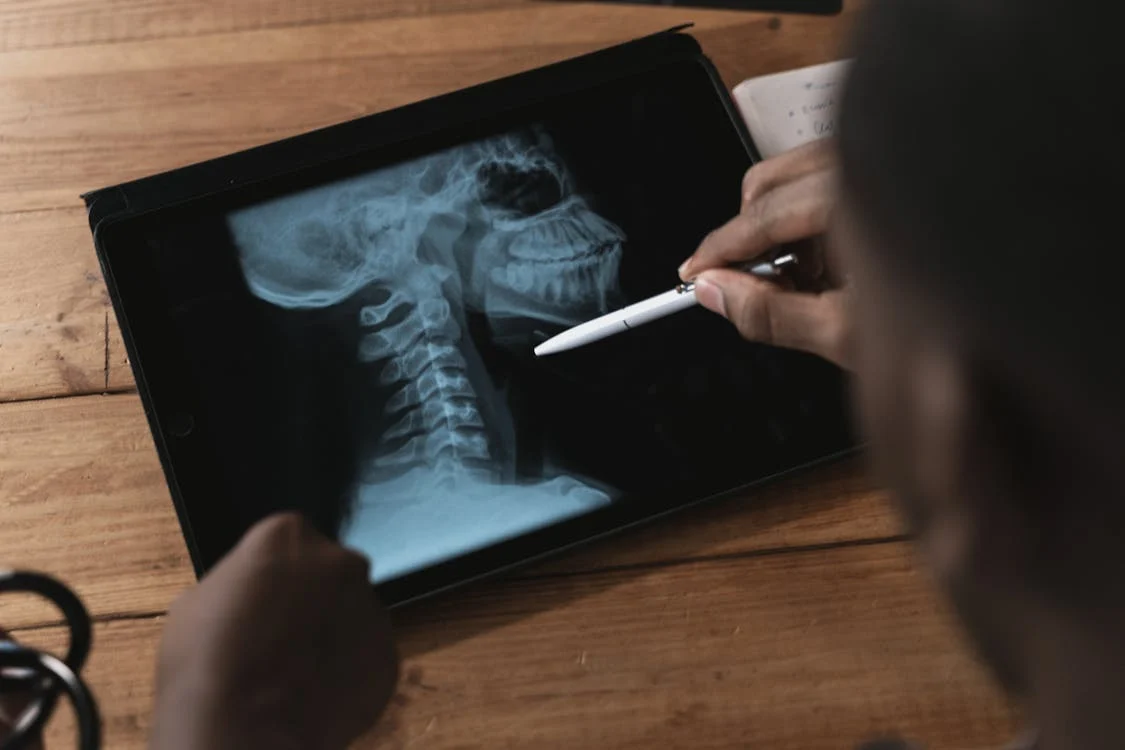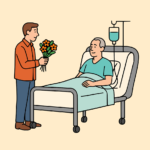Book Appointment Now

Sister Callista Roy – Adaptation Model: A Pillar in Nursing Theory
The Sister Callista Roy Adaptation Model is one of the most significant frameworks in the nursing profession. Developed by Sister Callista Roy in 1976, this theory has shaped nursing care globally, emphasizing the patient as an adaptive system. The model’s focus on human adaptation to health and illness is crucial to modern nursing practice, influencing assessments, interventions, and the overall nurse-patient relationship.
What is the Roy Adaptation Model?
The Roy Adaptation Model views individuals as holistic systems interacting continuously with internal and external stimuli. Sister Callista Roy proposed that people are adaptive beings who cope with environmental changes through various mechanisms. These adaptive responses occur in four key modes:
- Physiological-Physical Mode – Focuses on the physical functioning of the human body, including oxygenation, nutrition, and elimination.
- Self-Concept Mode – Addresses the psychological and spiritual aspects, such as self-perception, identity, and beliefs.
- Role Function Mode – Looks at societal roles and responsibilities, such as work, family, and social roles.
- Interdependence Mode – Relates to interactions, relationships, and social support systems.
Through these modes, the Roy Adaptation Model assesses how individuals adjust to health and illness. Nurses use this model to identify maladaptive behaviors and provide interventions to help patients achieve a state of balance.
Looking for nursing essay writing help about Sister Callista Roy Adaptation Model Theory?
Do My Nursing Paper
Application of Roy’s Adaptation Theory in Nursing
The application of Roy’s Adaptation theory in the nursing process allows healthcare professionals to address patients’ holistic needs. The model guides nurses to assess not just the physical condition but also psychological, social, and spiritual factors. Here’s how it applies in practice:
- Assessment: Nurses begin by evaluating stimuli that affect the patient. These could be focal (immediate health concerns) or contextual (environmental factors).
- Diagnosis: Based on the adaptive responses, nurses identify whether a patient’s adaptation to health challenges is effective or ineffective.
- Intervention: Nursing interventions are designed to promote effective adaptation, helping patients better cope with illness, recovery, or lifestyle changes.
- Evaluation: After implementing interventions, nurses assess whether the patient’s adaptive responses improve.
This patient-centered approach makes the Roy Adaptation Model highly applicable in various nursing settings, from acute care to rehabilitation and chronic illness management.
Roy Adaptation Model Example in Nursing Practice
To illustrate, consider a patient undergoing chemotherapy. The physiological mode assesses the patient’s physical symptoms like nausea or fatigue, while the self-concept mode explores how the patient feels about their illness and treatment. Through the role function mode, nurses evaluate how the patient’s illness impacts their role as a parent or employee, and the interdependence mode looks at the support they receive from family and friends.
By evaluating these adaptive modes, nurses create a comprehensive care plan addressing both medical and emotional needs, improving overall patient outcomes. Read also: Application of nursing theory samples
Roy Adaptation Model Diagram
The Roy Adaptation Model diagram typically represents the patient as the central system, surrounded by stimuli and adaptive mechanisms. The diagram is instrumental in visualizing how stimuli influence the adaptive modes, aiding nurses in understanding patient responses.
You can explore more about the diagram in various formats such as PDFs or PowerPoint presentations (Roy’s Adaptation Model ppt), making it easier to grasp its application.
Roy’s Adaptation Theory Nursing Interventions
One of the strengths of Sister Callista Roy’s theory is its adaptability to diverse nursing interventions. For instance, nurses working in palliative care may focus heavily on the self-concept and interdependence modes, providing emotional and social support. In critical care units, the focus may be more on the physiological mode as nurses help patients cope with life-threatening conditions.
Furthermore, the Roy Adaptation Model emphasizes individualized care, making it applicable in settings that require personalized treatment plans, such as mental health nursing or pediatric care.
Is Sister Callista Roy Still Alive?
Is Sister Callista Roy still alive? Yes, as of the last reports, Sister Callista Roy remains an influential figure in the field of nursing. Though retired, her contributions continue to shape nursing education and practice worldwide.
The Legacy of Sister Callista Roy in Nursing
Sister Callista Roy’s contributions to nursing extend far beyond her adaptation model. Her approach has revolutionized how nurses view patients—not just as individuals with diseases, but as complex systems capable of adapting to changes in their environments. The model encourages nurses to adopt a holistic approach to patient care, focusing on all aspects of the human experience.
Callista Roy Adaptation Theory Summary
To summarize, Sister Callista Roy’s Adaptation Model is a groundbreaking framework in nursing that views patients as adaptive systems interacting with their environments. The model identifies four adaptive modes—physiological, self-concept, role function, and interdependence—that nurses assess to provide holistic care. Its flexibility allows nurses to apply the theory in a wide range of clinical settings, enhancing patient care and outcomes.
If you’re looking for detailed explanations or visual aids, exploring resources like PDFs (Callista Roy Adaptation theory PDF) or summaries (Callista Roy theory summary) is an excellent starting point for in-depth study.
The Roy Adaptation Model is a vital tool in nursing, facilitating comprehensive patient care. Its emphasis on adaptation offers a dynamic way to approach health and illness, ensuring that nursing interventions address the full spectrum of patient needs. Whether you’re a student or a practicing nurse, understanding this model can greatly enhance your practice, ultimately leading to better patient outcomes.
By integrating Roy’s Adaptation Model into nursing practice, professionals can contribute to a more holistic, compassionate, and patient-centered healthcare system.







